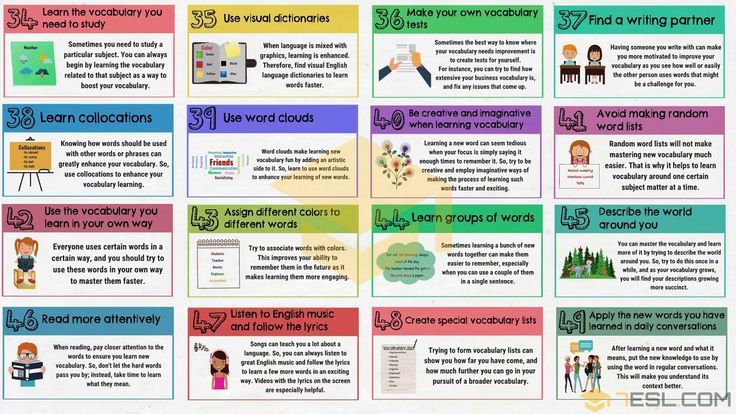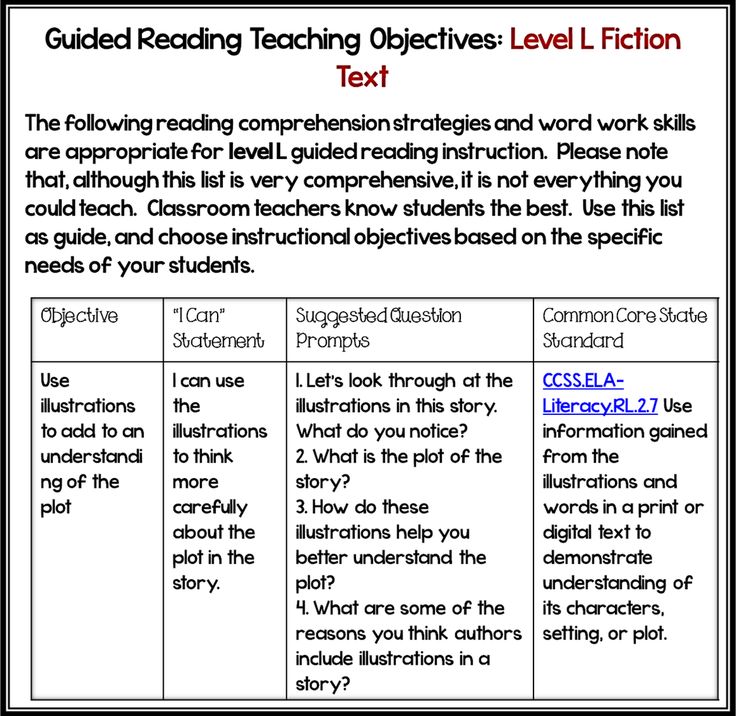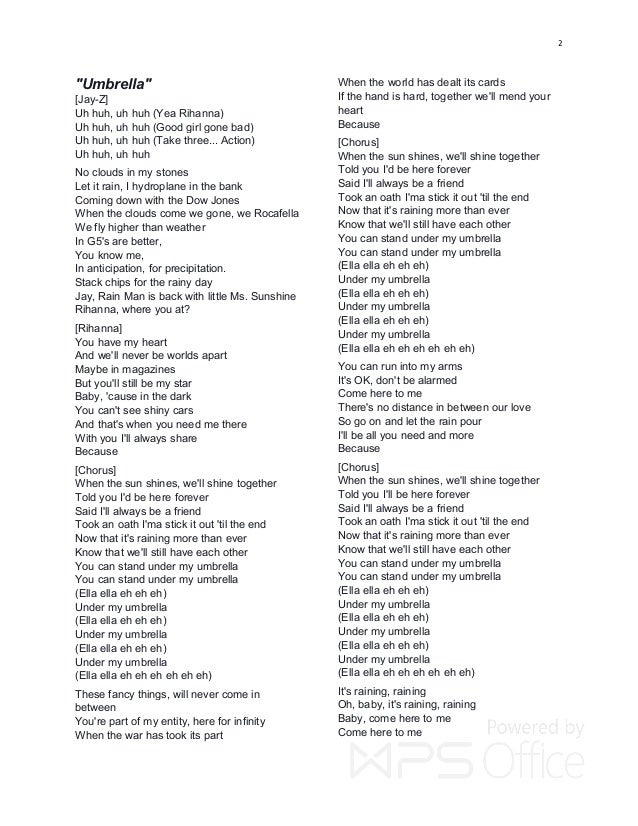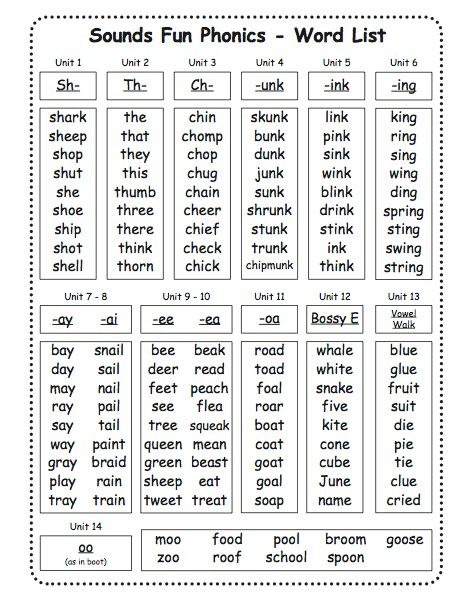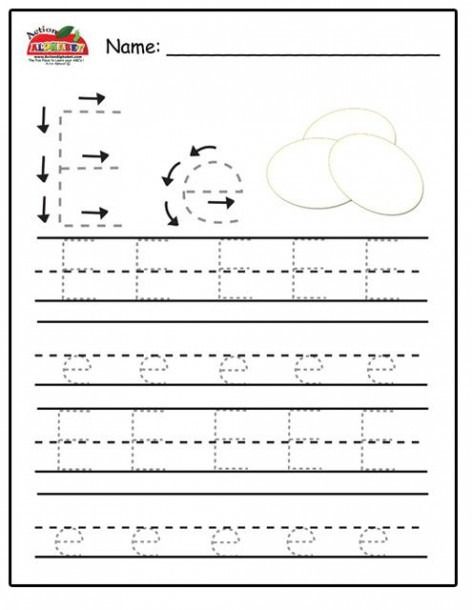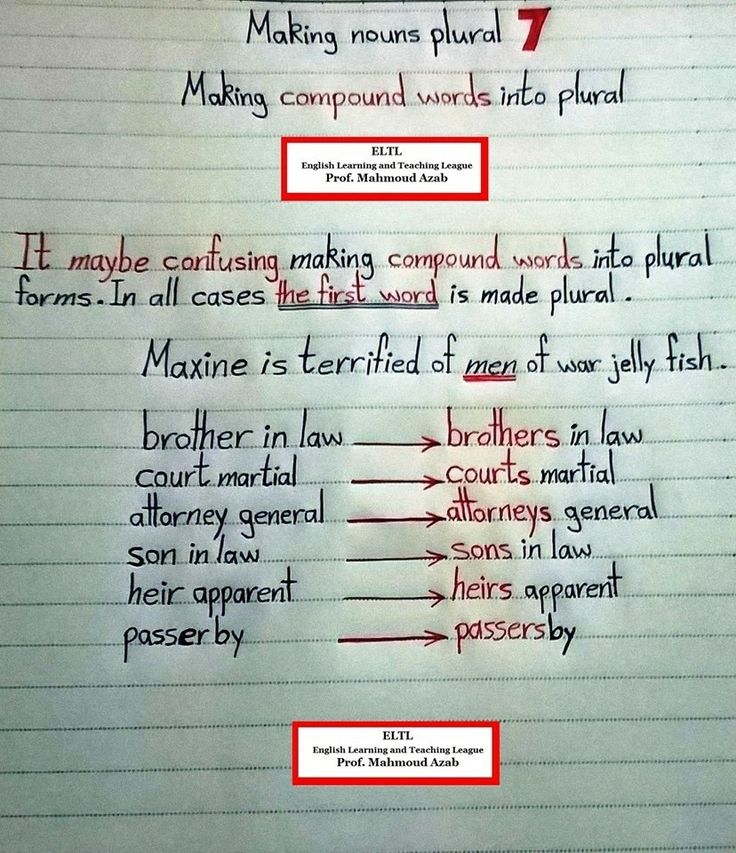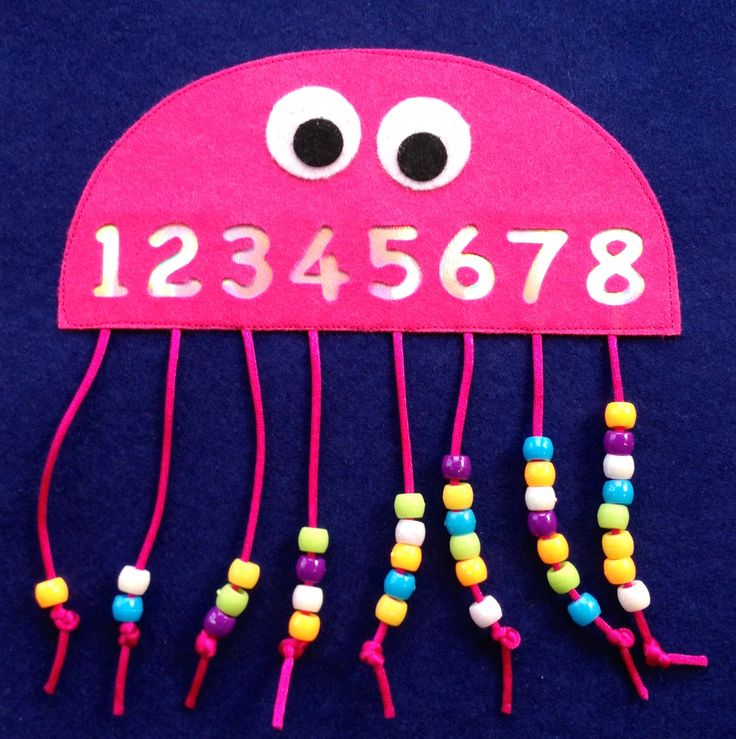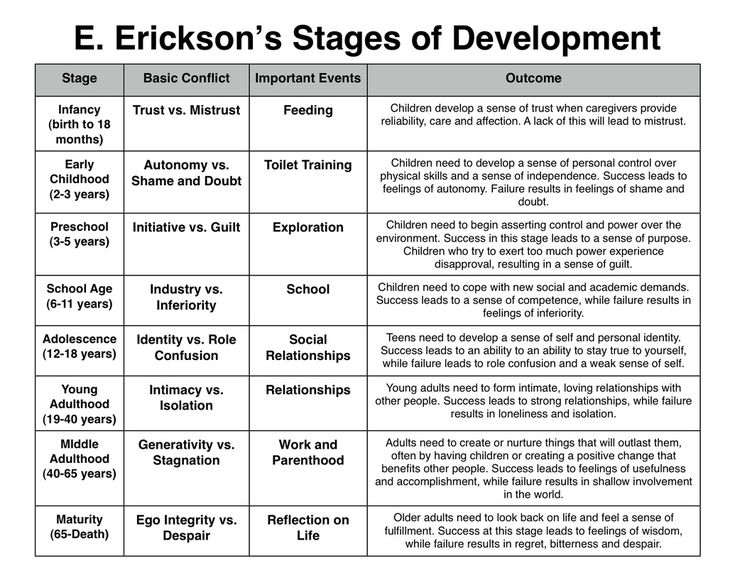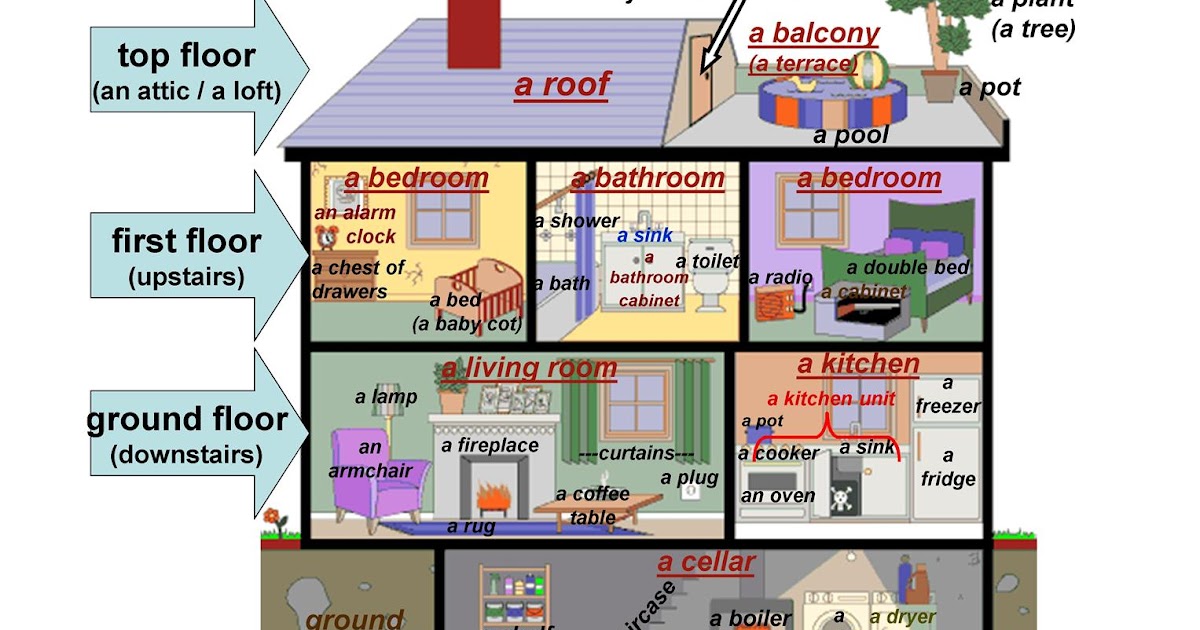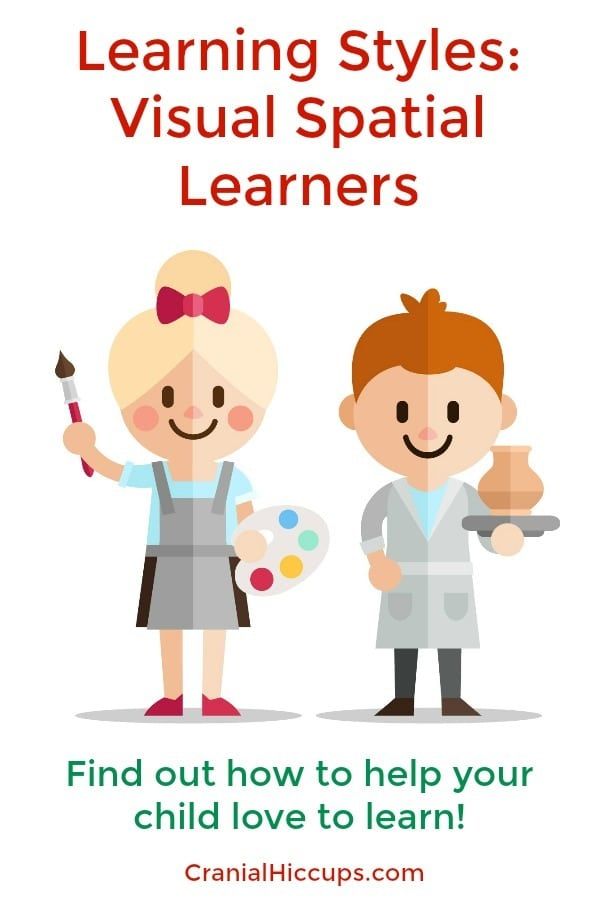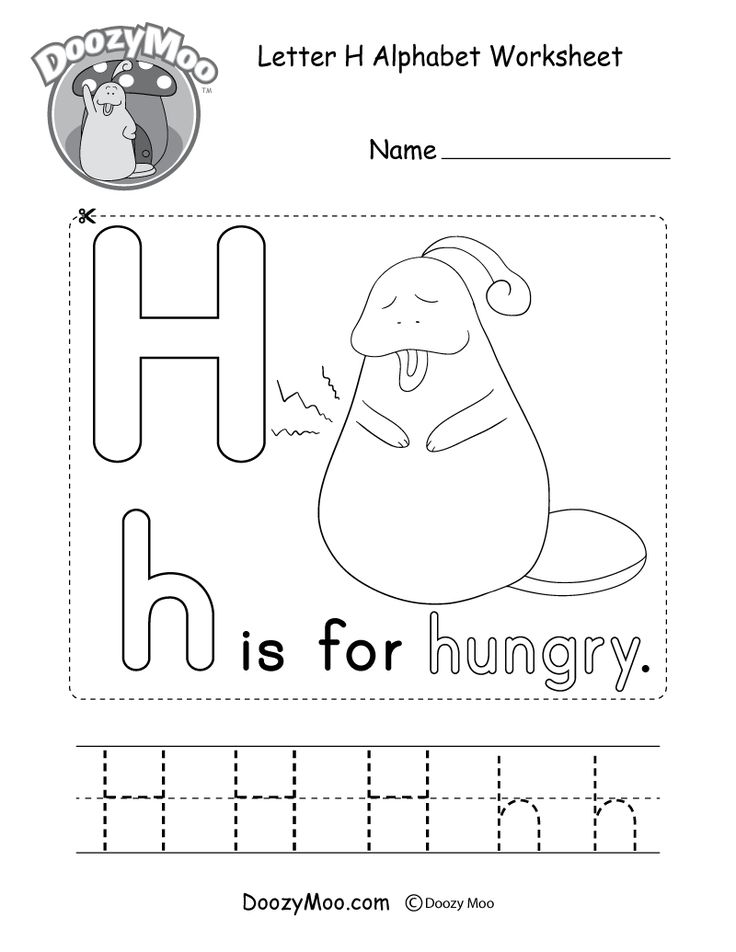When do children learn to write
When Should I Teach My Child to Write?
Affiliate and Referral links are used below to promote products I love and recommend. I receive a commission on any purchases made through these links. Please see my disclosure policy for more details.
Along with learning to read, writing is another significant milestone that parents often wonder about. One question I see over and over again is “when should I teach my child to write?”
The answer is not cut and dry, “they should know how to write by age ‘insert age here'”. Writing, or handwriting, is a very complex milestone that involves many building blocks of skills that you may not realize.
So let's take a look at some of these and answer the question, “When should I teach my child how to write?
Skills Needed for Handwriting
If you are looking for a specific age for when to introduce handwriting, unfortunately, I can't really give you one. What I can do is show you developmentally what is appropriate based on your child's current age.
However, even with this, it is still important to remember that each child is different. Not only do we want to consider what is age-appropriate, but developmentally what is appropriate for your child and what their interest level is.
There are some foundational skills, or building blocks, that a child needs in order to be successful with handwriting.
These include:
Sensory Processing – specifically proprioception, or the ability to know where their body is in space. This affects pencil grasp, being able to put enough pressure on the pencil to write without looking at it, and also affects posture (slouching vs. sitting upright).
You can learn more about proprioception here.
Gross motor skills – this includes being able to cross the midline (with the hands as well as the eyes), bilateral coordination (holding the paper down with one hand while writing with the other), and core strength (being able to sit upright and not slouching).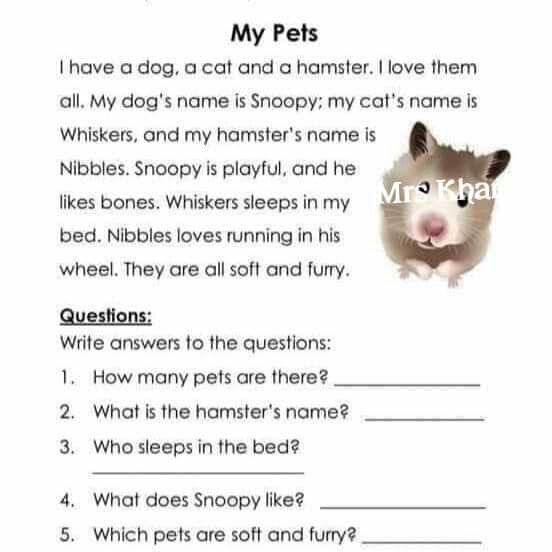
Fine motor skills – I wrote specifically on the fine motor skills needed for handwriting here, but I'll give you the shortened version for this post. Fine motor skills involve a lot of different skills, but it is thought that in-hand manipulation has a significant effect on handwriting. This relates to pencil grasp as well.
You can read more on pencil grasp development here.
And also I shared some activities for in-hand manipulation here.
Visual-motor skills – You may see a lot of confusing terms related to visual-motor skills. Visual motor skills involve the physical movements of the eye as well as interpreting information the eyes receive by the brain. Eye-hand coordination is the skill that takes the information from the eyes and is able to coordinate movement of the hands with the eyes.
When all of this information is working together, you have what is called visual-motor integration. This means that the eyes and motor movements (visual perception and motor skills) are working together in order to complete tasks.
A child needs eye-hand coordination, visual perception, and spatial perception, to name a few, in order to be successful with handwriting.
Executive Function – As your child grows, they will use more executive function skills with their writing. Executive function includes working memory, planning and completing tasks, and organization. You can read more about executive function here.
Handwriting Milestones
Now that we know what skills are needed for handwriting, let's look at typical handwriting milestones.
Pre-writing skills are a huge part of handwriting, so you will see me reference these throughout these milestones. I'll give you links to further reading on this term at the end of this section.
Toddlers (15-24 months old) – Toddlers are beginning to scribble and make marks on a page with a fisted grasp.
Preschool (3-4 years old) – Start to make marks and lines that resemble objects (drawing), can begin to master some pre-writing lines (vertical, horizontal, and circle shapes as an example). May write some letters of the alphabet, typically the ones in their name. Pencil grasp is still developing.
May write some letters of the alphabet, typically the ones in their name. Pencil grasp is still developing.
Kindergarten (5-6 years old) – Pencil grasp is maturing to a dynamic tripod or quadrupod grasp. They will also be learning how to write all the letters of the alphabet and some numbers.
This is where we need to remember that mastering pre-writing lines should come first. If a child has not mastered some of those lines or shapes, writing the alphabet may be harder for them. Some children may start spelling small words by sound.
Early Elementary (6-8 years old) – Start being able to spell and write words such as sight words and short sentences. By the end of 2nd grade, a child may be able to write a page-long narrative or opinion piece of writing.
Elementary (8-10 years old) – Write more complex sentences and start learning how to self-edit their work. They also start to understand the process of planning, drafting, and revising their written work.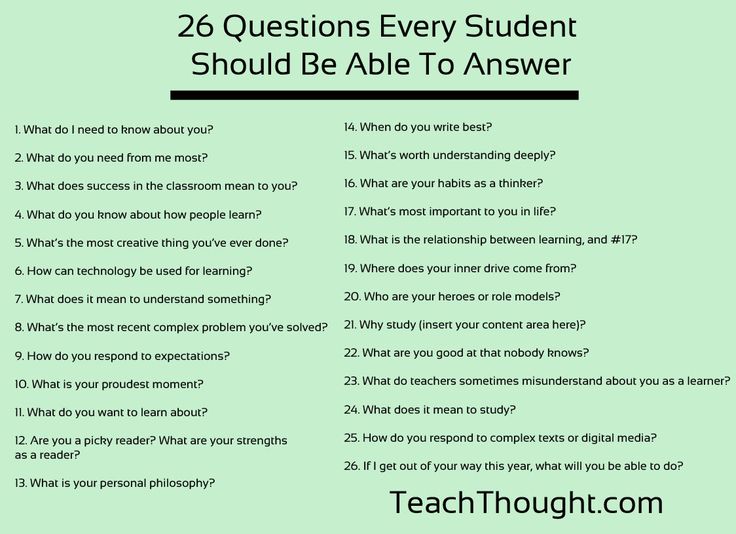 Many children also begin typing on a keyboard at this age for longer written assignments.
Many children also begin typing on a keyboard at this age for longer written assignments.
Middle School (10-13 years old) – Continue to develop typing skills, grammar, spelling, and vocabulary knowledge.
High School (14 years and older) – Write longer and more complex papers on a variety of topics. Also how to combine information from multiple sources.
Here are more resources as I promised above:
- Typical Fine Motor Developmental Milestones
- Typical Visual-Motor Developmental Milestones
- Basics of Pre-Writing Skills & Activities
- Writing Skills: What To Expect at Different Ages – Understood.org
- Written Communication Development Chart – ChildDevelopment.com.au
When Should I Teach My Child to Write?
Many people start to ask this question when their child enters preschool. However, as we've been looking at above, many preschool-age children are not ready for formal handwriting instruction simply because they are not developmentally ready.
However, if a child is showing interest in writing we should follow their lead. If you have a younger child who wants to learn to write their name, then by all means start showing them.
What I do want to stress is that we remember what is developmentally appropriate and realize that mastery of these skills may not come for a few months or even years.
Focusing on those foundational skills for handwriting, especially at these younger ages, will set your child up for a successful handwriting experience.
My Personal Experience As a Homeschool-Mom
Let me share what I have done personally with my children.
My daughter, who is the oldest, was never really interested in drawing, coloring, or writing. Even when we hit Kindergarten, she really disliked it. I continued to provide ways for her to practice, while also focusing on fine motor and other skills that I knew she needed.
When first grade came, she suddenly wanted to color all the time and quickly picked up on it.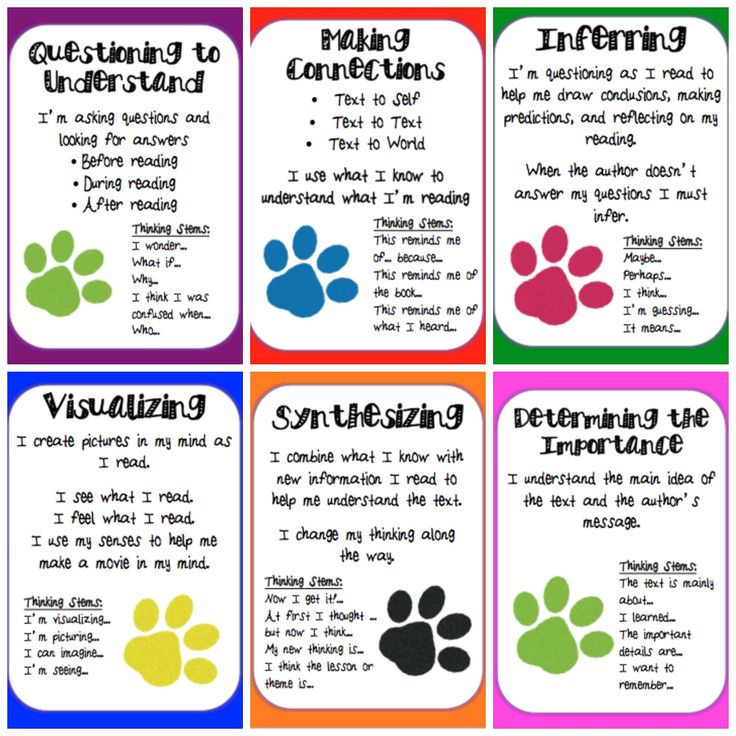 She is now is 2nd grade and loves to draw, is starting to spell and we finally found a handwriting curriculum that she loves to use (it is from The Good and the Beautiful found here).
She is now is 2nd grade and loves to draw, is starting to spell and we finally found a handwriting curriculum that she loves to use (it is from The Good and the Beautiful found here).
My son, who is 5, began Pre-K this year and we are also using The Good and The Beautiful with him. Before this, we focused on a lot of fine motor skills, visual-motor, gross motor, etc., and still continue to do that.
One day he asked me to show him how to write his first and last time and after about a week of practice, he was able to do it in all uppercase letters. This was something I monitored, but it was mostly interest-led for him.
We will continue to focus more on this in Kindergarten next year when he will be 6.
If you'd like more information on handwriting, I would love for you to check out The Handwriting Book. It was written by myself and 10 other pediatric Occupational Therapists and Physical Therapists and will be a great resource as you navigate handwriting.
Writing Development by Age | Understood
Learning to write involves many skills. Kids need fine motor skills for handwriting and typing. Getting words on paper also requires spelling and other skills closely related to reading.
Kids need fine motor skills for handwriting and typing. Getting words on paper also requires spelling and other skills closely related to reading.
Writers need to organize their thoughts. As they get older, they’re expected to use more complex sentence structure and vocabulary. They also have to do more planning, drafting, and revising. Many kids have a tough time using these self-regulation strategies in writing.
Kids develop writing skills at different rates. But they tend to meet certain milestones by certain ages. Here’s how writing skills typically develop as kids get older.
Toddlers (ages 1–2 years)
- Hold crayon in clenched fist
- Understand that crayons are used for making scribbles
Preschoolers (ages 3–4 years)
- Draw wavy lines across the page that look like lines of text from a book
- Make distinct marks that look like letters and that are separated from each other
- Write some actual letters, especially the letters in their name
- May write their name
- May try different kinds of writing, like writing a list or a card
- May start to draw pictures and label them using letters or letter-like marks
Younger grade-schoolers (ages 5–7 years)
- Hold pencil correctly and form letters accurately
- Know the sounds letters make and spell words based on how they sound
- Spell some common words that aren’t spelled the way they sound (often called sight words)
- Use different endings for the same word, like walks, walking, and walked
- In kindergarten, label pictures with a few words and begin to write simple sentences with correct grammar
- By the end of first or second grade, write a page or more about personal experiences and what they’re learning in school
- May start using different types of writing, like narratives and opinion papers (“Why I liked this book”)
Older grade-schoolers (ages 8–10 years)
- Spell words using knowledge of prefixes, suffixes, and root words, like helpful, helpless, and unhelpful
- Write more complex sentences and use a variety of sentences to express ideas clearly
- Use different structure and content for different kinds of papers (narrative, informative, and persuasive)
- Understand the process of planning, drafting, and revising, and begin to use strategies for each of these steps
- May start to use source materials to gather information for writing
- May begin to type fairly quickly on a keyboard, if the school teaches this skill
Middle-schoolers
- Continue to develop typing skills, grammar knowledge, and vocabulary
- Write more complex narratives that describe personal experiences
- Cite sources in informative/research papers
- Write argumentative papers that support claims with reasons and evidence and that consider opposing positions
- Use strategies for planning and revising, including how to search for accurate information on the internet
High-schoolers
- Continue to develop typing skills, grammar knowledge, and vocabulary
- Write longer and more complex papers on various subjects (science, social studies, literature)
- Use planning strategies to search for and combine information from multiple sources
- Continue to develop strategies for revising
Remember that all kids are different. A child might do well with one skill but still be a little behind with another. Struggling with writing doesn’t mean kids aren’t smart. Some kids just need more support to thrive as writers.
A child might do well with one skill but still be a little behind with another. Struggling with writing doesn’t mean kids aren’t smart. Some kids just need more support to thrive as writers.
If you’re concerned that a child isn’t hitting many of these writing milestones, find out why some kids have trouble with writing.
Related topics
Reading and writing
Tell us what interests you
About the author
About the author
Gail Belsky is executive editor at Understood. She has written and edited for major media outlets, specializing in parenting, health, and career content.
Reviewed by
Reviewed by
Charles A. MacArthur, PhD is a professor of special education. He researches writing instruction, self-regulated strategies, and assistive technology.
Preschool development: how to teach a child to write letters | Child health | Health
Our expert — Maryana Bezrukikh, Doctor of Biological Sciences, Professor, Academician of the Russian Academy of Education, Director of the Federal State Budgetary Scientific Institution "Institute of Developmental Physiology of the Russian Academy of Education" (FGBNU "IVF RAO") .
Milich Maya, AiF.ru: At what age is it better to start teaching writing?
Maryana Bezrukikh : Teaching children cursive before school is not worth it. This is a very complex process in which everything is important - the correct fit, and the correct position of the handle, and the way of explaining, and the sequence of studying letters, and much more. But preparation for writing, learning to write in block letters can be one of the areas of work with preschoolers 5.5–6.5 years old.
Comprehensive preparation for learning to write should include the development of motor skills, attention, visual perception, visual memory and other functions. This may be, for example, the development of a child from the age of 4–5. nine0005
Usually by the age of 5 or 6, children are ready to learn to print. Therefore, at this age, you can already explain to them how letters are written correctly, show and explain the principle of writing printed letters.
Organization of classes
— How best to present the learning process for a child? As a game or, on the contrary, as a serious process?
— All tasks and pre-school writing preparation classes are conducted only in a playful way. But learning to write at school requires a lot of concentration, so when studying at school, these are not gaming activities. nine0005
In general, learning to write is a very complex and difficult process. Children often have difficulties associated not only with insufficiently developed motor skills, attention, visual memory, etc., but also with haste, with a very high rate of learning letters, with requirements for high writing speed, with an incomprehensible explanation.
— How long and how often can I study with a preschooler?
— Preschool writing classes can be daily, but only last 10-15 minutes. nine0005
Particular attention must be paid to the correct fit, the correct position of the handle.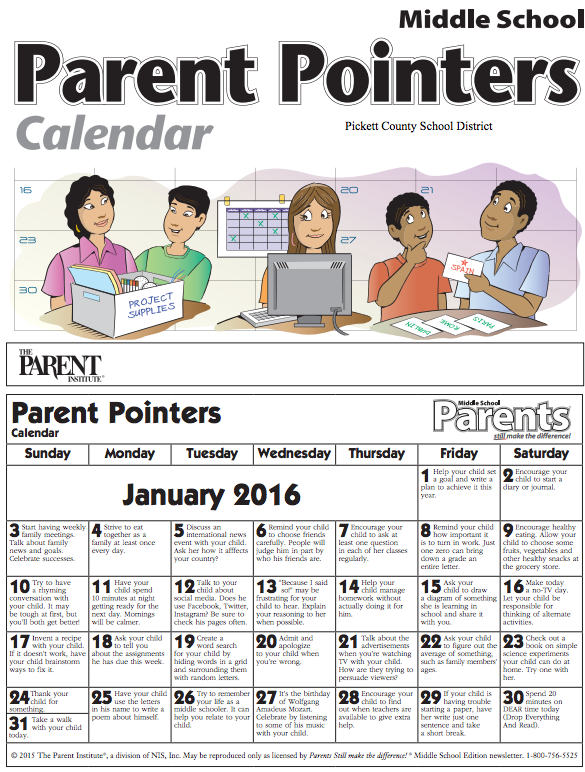 The sequence of "steps" to prepare for the letter is described in detail and in detail in special manuals and books that can help parents.
The sequence of "steps" to prepare for the letter is described in detail and in detail in special manuals and books that can help parents.
Not working!
- Does it make sense to force a child to write if he does not succeed?
- A preschooler should not be forced to write, especially if "it doesn't work out". It is better to pay attention to the preparation for the letter.
But with the difficulties of teaching writing to older children, for example, first-graders, it is necessary, together with the teacher, to understand the causes of the difficulties and find the most effective measures to help.
— What mistakes do parents most often make when they teach their child to write on their own?
- The main mistakes are the replacement of preparation for writing by learning and haste, the desire of parents to teach the child to write as quickly as possible.
At the same time, parents should not forget that writing is the most difficult skill that is formed slowly and for a long time, over the course of three to four years.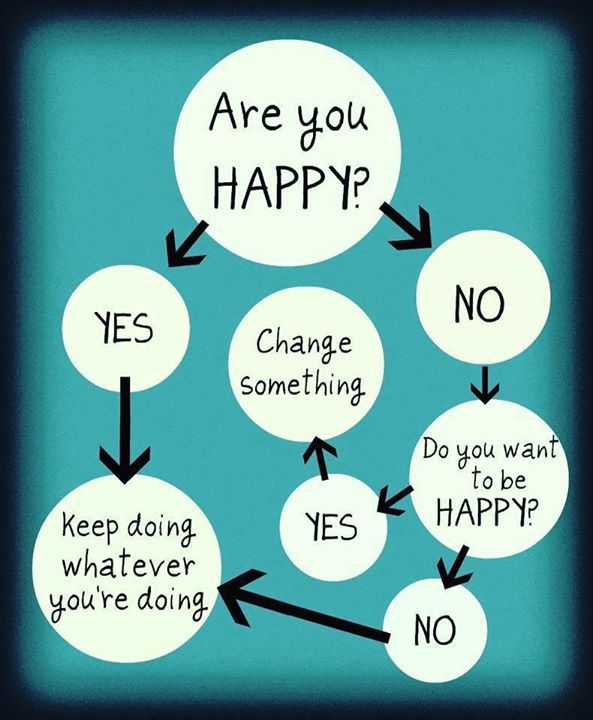 nine0005
nine0005
Copy-books
— Copy-books are still an up-to-date and effective way to teach a child to write beautifully?
— Yes, copybooks allow you to form the "technical" side of the letter, the correct spelling of letters and their connection. However, now there are many different recipes, and not all of them correspond to the age capabilities of children. And I note that it is not recommended to use prescriptions at preschool age.
— By what age does a child develop a manner of writing? nine0004
- The "manner" of writing is the stability of the correct execution of all alphabetic elements, their height and width, the slope of the lines, the way the letters are connected, connectivity and other indicators.
For the majority of modern schoolchildren, these indicators are unstable even by the fourth grade. This means that the writing skill is not formed.
Ugly handwriting?
— Why do they learn to write everything in approximately the same way, the letters are written in the same copybook, but everyone has different kidneys? nine0004
— Differences in handwriting between children are due to two factors. The first is the maturity of the physiological functions of each individual child, the second is the method of teaching writing. There are different approaches to teaching, different methods. In addition, the individual characteristics of the child's nervous system, his working capacity, and his state of health play a role.
The first is the maturity of the physiological functions of each individual child, the second is the method of teaching writing. There are different approaches to teaching, different methods. In addition, the individual characteristics of the child's nervous system, his working capacity, and his state of health play a role.
Tips for parents
Show your child how to properly hold a writing object - the pen should lie on the upper phalanx of the middle finger and be fixed with the thumb and forefinger. In this case, the thumb should be above the index finger, and the tip of the pen should be oriented towards the shoulder. nine0005
For learning to write, get a special notebook or album - do not use lined paper.
At first, draw simple elements with your child : vertical sticks, sticks with rounded top and bottom, circles, and so on.
Try to visualize any information - when studying a letter, show it in pictures, show how the studied letter is written, while your hand movements should be slow and should be visible to the child. nine0005
nine0005
Write or read? | Papmambuk
Grandmothers who torture children with prescriptions usually motivate their behavior in the following way: if he goes to school, it will be easier for him. In the meantime, he writes letters, you look, and learn to read.
The first argument seems dubious: why should it be hard now in order to make it easier later?
But the second argument is justified.
In the traditional school methodology, the so-called "literacy period" includes teaching both reading and writing at the same time. nine0005
Such an authoritative teacher as Maria Montessori also believed that writing should precede reading. In her system, teaching a child to write begins at the age of four. Moreover, this letter is “real”, calligraphic. And Maria Montessori, judging by her notes, achieved success along this path. In particular, according to her system, children with mental retardation were taught to write before entering school, which helped them integrate into the general education system of that time.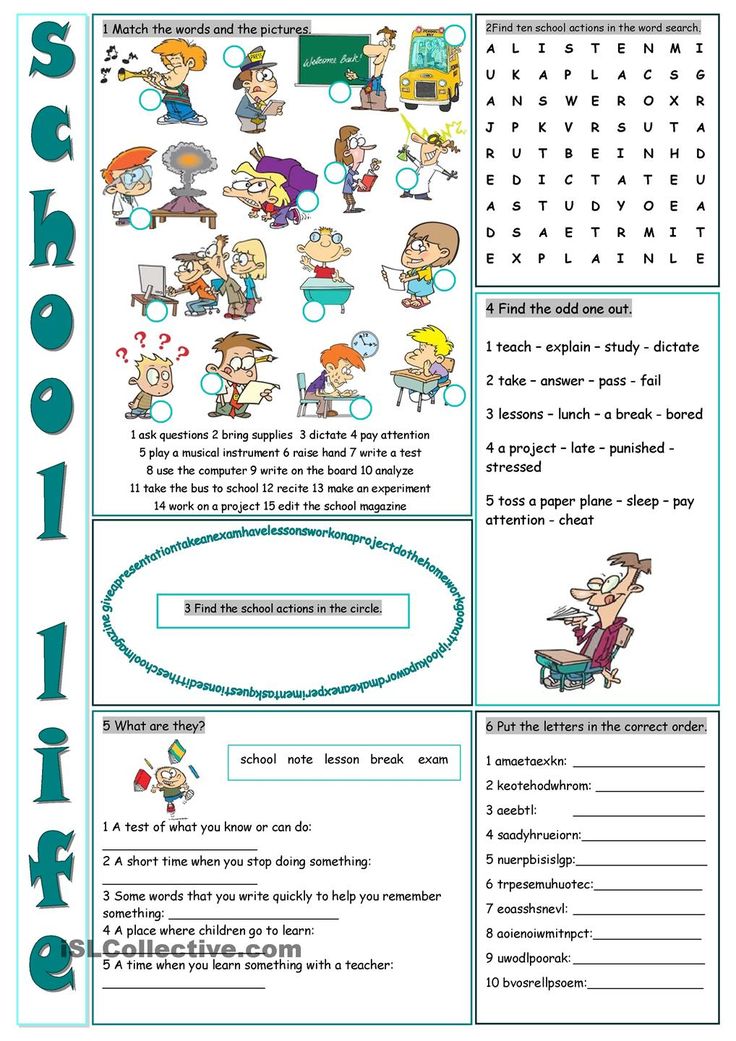
How was this explained? Writing, unlike reading, is a substantive activity: you put in the effort and the result is visible. This is important for the child. In addition, the letter gives the "muscular experience" of the letter. Motor memory is included in the process of sign recognition. And when you write a syllable or a word, you merge the letters and involuntarily pronounce them. Therefore, writing really advances on the path to reading. nine0005
But there is one very important thing that Maria Montessori did not take into account. Writing is an activity related to drawing. And drawing during the development of the child performs many different functions. A child draws in a completely different way than an adult does. For a child, a drawing is a detailed message about the world around him and about his well-being. This is such a prototype. The classic of Russian psychology, Lev Vygotsky, said so: drawing in childhood precedes writing. But not writing in the sense of the sequential reproduction of letter icons, but in the sense of a written message, an essay.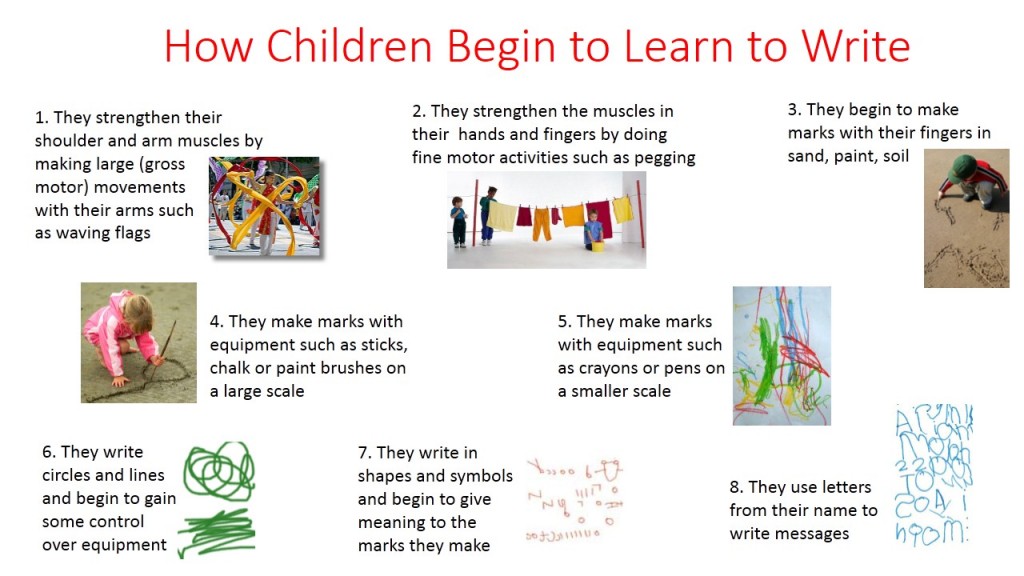 nine0005
nine0005
A child's drawing is a prototype of written speech, a detailed written statement. In the drawing, the child masters the properties of the sign: it turns out that everything around can be depicted with the help of special icons. And this message - in the form of icons - will be clear to others. That is why it is so important to ask children about what they have drawn. Of course, the child does not always tell what he has drawn. Often, in the course of the story, he begins to invent something or “sees” in his drawing something that was not there initially. This is fine. Even good. And this is another component of the development of children's imagination. For us now, the main thing is that an independent children's drawing is a prototype of written speech, in which the imagination is very strongly involved and which is emotionally loaded. nine0005
Writing at preschool age does not have one or the other.
Yes, you can teach your child to write early. Write beautifully and correctly. And if you are Maria Montessori, then your young students will not even irrigate the recipes with tears. They will even love it. But with all due respect to Montessori, it is impossible to hide the fact that her pupils did not draw. At all. This was not included in her program. And they didn't listen to fairy tales. Maria Montessori, an advanced woman of her time, was a consistent sensualist who believed that the basis of knowledge is the physiology of sensations. And the main thing in education is to develop these feelings. There is a lot of truth in this. nine0005
And if you are Maria Montessori, then your young students will not even irrigate the recipes with tears. They will even love it. But with all due respect to Montessori, it is impossible to hide the fact that her pupils did not draw. At all. This was not included in her program. And they didn't listen to fairy tales. Maria Montessori, an advanced woman of her time, was a consistent sensualist who believed that the basis of knowledge is the physiology of sensations. And the main thing in education is to develop these feelings. There is a lot of truth in this. nine0005
But everything that had to do with fantasy and imagination, she considered harmful. Fantasizing, in her opinion, leads the child away from reality, from a real understanding of himself and the environment.
In the 1920s, such thoughts without any connection with Montessori arose among Soviet teachers who professed materialistic philosophy. The so-called "fairy tale debate" that arose at that time called into question the value of many literary works.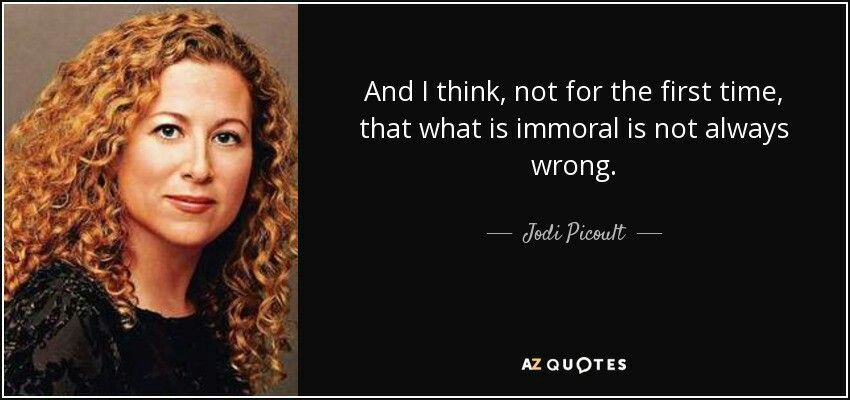 These ideas proved to be quite tenacious. nine0005
These ideas proved to be quite tenacious. nine0005
But at the beginning of the 21st century, we can say with full confidence that the most important discoveries are made by people with a developed imagination. And that in general imagination is a necessary component of thinking. Not only humanitarian, but also mathematical. They say that modern physicists beat all records in terms of the level of development of the imagination.
So the child's imagination, from the point of view of a child's life prospects, should concern us no less than children's skills related to a possible problem-free existence in the first grade. nine0005
And so we must be aware of what drawing is for a child.
Drawing, I repeat, in the course of child development precedes written speech. Developed independent children's drawing is an indicator that the child will be able to express his thoughts in writing.
But, paradoxically, as soon as we begin to teach a child to write, this affects his drawing in the most sad way - simply because these are related activities and drawing is almost inevitably replaced by writing along the way. Many of the children who draw interestingly and abundantly at a young age later lose this ability - if it is not supported by special efforts. That is, if drawing is not translated into another plane - into the plane of fine art. nine0005
Many of the children who draw interestingly and abundantly at a young age later lose this ability - if it is not supported by special efforts. That is, if drawing is not translated into another plane - into the plane of fine art. nine0005
It is for this reason that I would not advise parents to teach small children according to recipes.
But!
In addition to capital letters, there is the so-called "picture writing" - when a child depicts letters as he "can". when he draws them.
Picture writing differs from copywriting primarily in that it arises spontaneously: the child suddenly begins to draw letters on his own initiative. And most often these letters appear in children's drawings. They are elements of children's drawings - evidence that writing is born from drawing. nine0005
Such attempts by a child to draw letters should be appreciated and supported. They signal that the child has already grown up to perceive the letter as a sign. This is the first sign that it will soon be possible to teach him to read. Moreover, he has already begun self-education. Only learning does not take place at the speed with which we want (and we want it at a speed close to the cosmic one), and not at all according to the system that we set ourselves up for. The letter as such, as the message fixed on paper, he has yet to open. And first he discovers the letter as a drawing. nine0005
Moreover, he has already begun self-education. Only learning does not take place at the speed with which we want (and we want it at a speed close to the cosmic one), and not at all according to the system that we set ourselves up for. The letter as such, as the message fixed on paper, he has yet to open. And first he discovers the letter as a drawing. nine0005
Many parents have probably come across such a phenomenon as imitation of writing: wavy lines, hooks - this is how the child pretends to have written something. And he really wants you to read it. So read on, what do you need? Four year old - read. And be patient to wait until he himself understands that writing is something else.
It is impossible to say how the child will move from drawing letters to reading. More precisely, we can assume some scenarios with more or less active participation of parents. But the main thing is not to rush. The first letter in the picture is just the first sign of spring in learning to read. nine0005
nine0005
When I say "take your time" I only mean the parents. If the request to learn something comes from the child, it must be immediately satisfied - in order to maintain cognitive interest in good shape.
But you remember what happened to five-year-old Frieder from Gudrun Mebs' story “Grandmother! Frieder shouts? Frieder wanted to learn how to write. And the grandmother showed him a sample. And Frieder could not repeat the written word. And terribly upset. Then the wise grandmother suggested that her grandson blind this word. nine0005
That is, here you also have to be inventive. And it will be right at this stage - an understandable children's request - to use the experience of mankind. In particular, the experience of the same Maria Montessori. And Montessori, who knew a lot about muscle memory, introduced tracing paper as one of the methods of teaching writing.
I have not seen a single child who would deny himself the pleasure of copying pictures, letters and words.